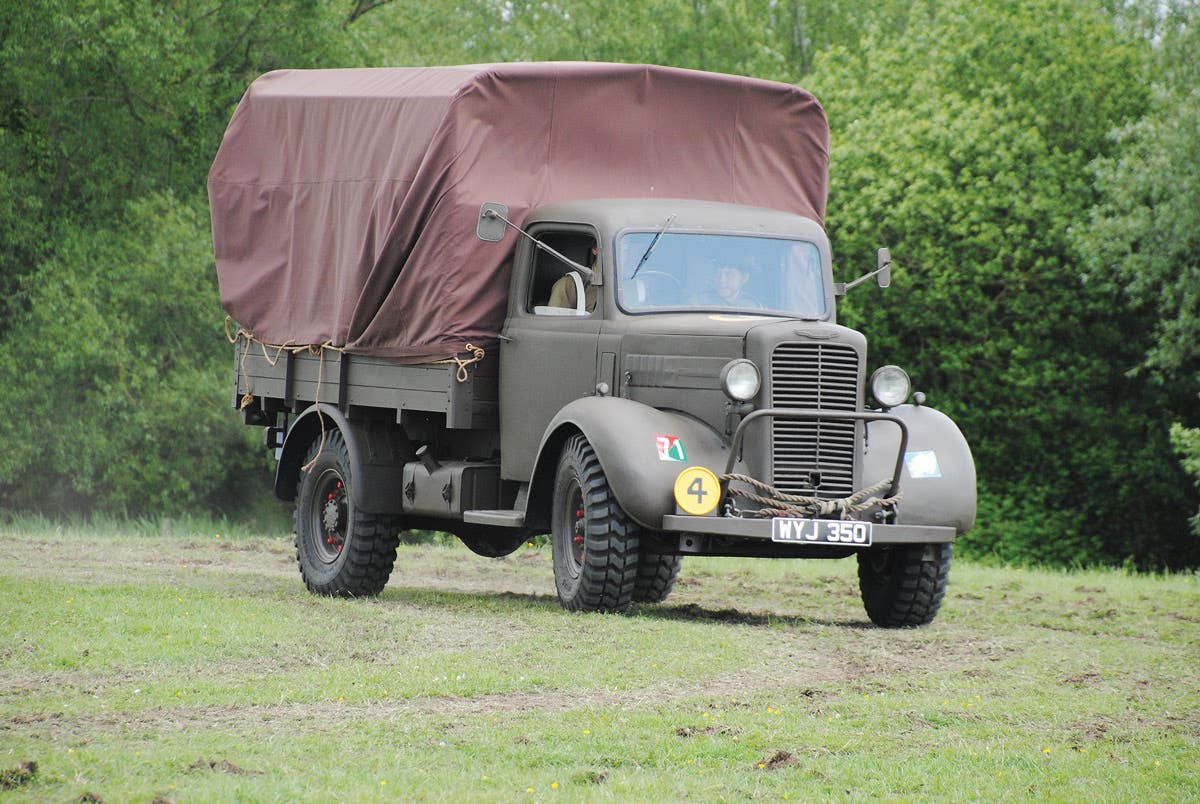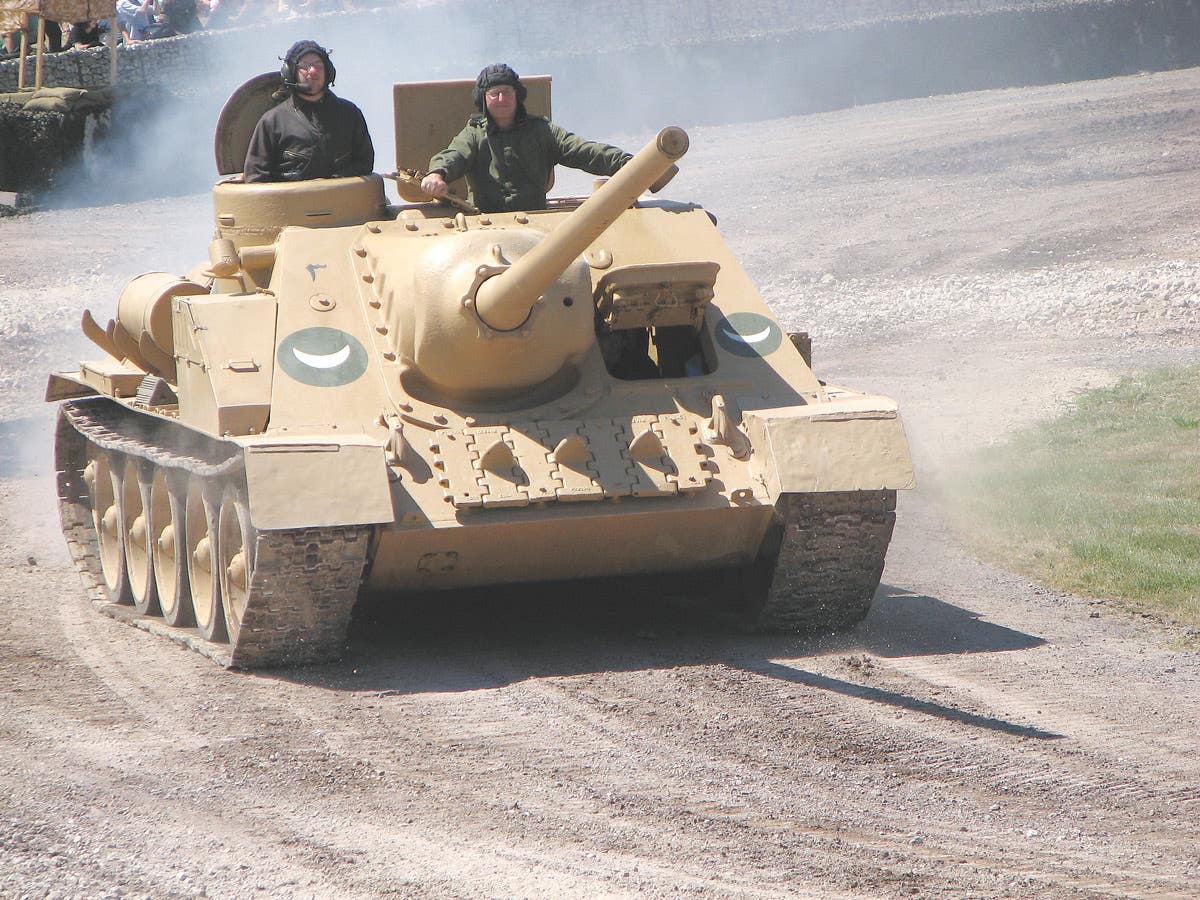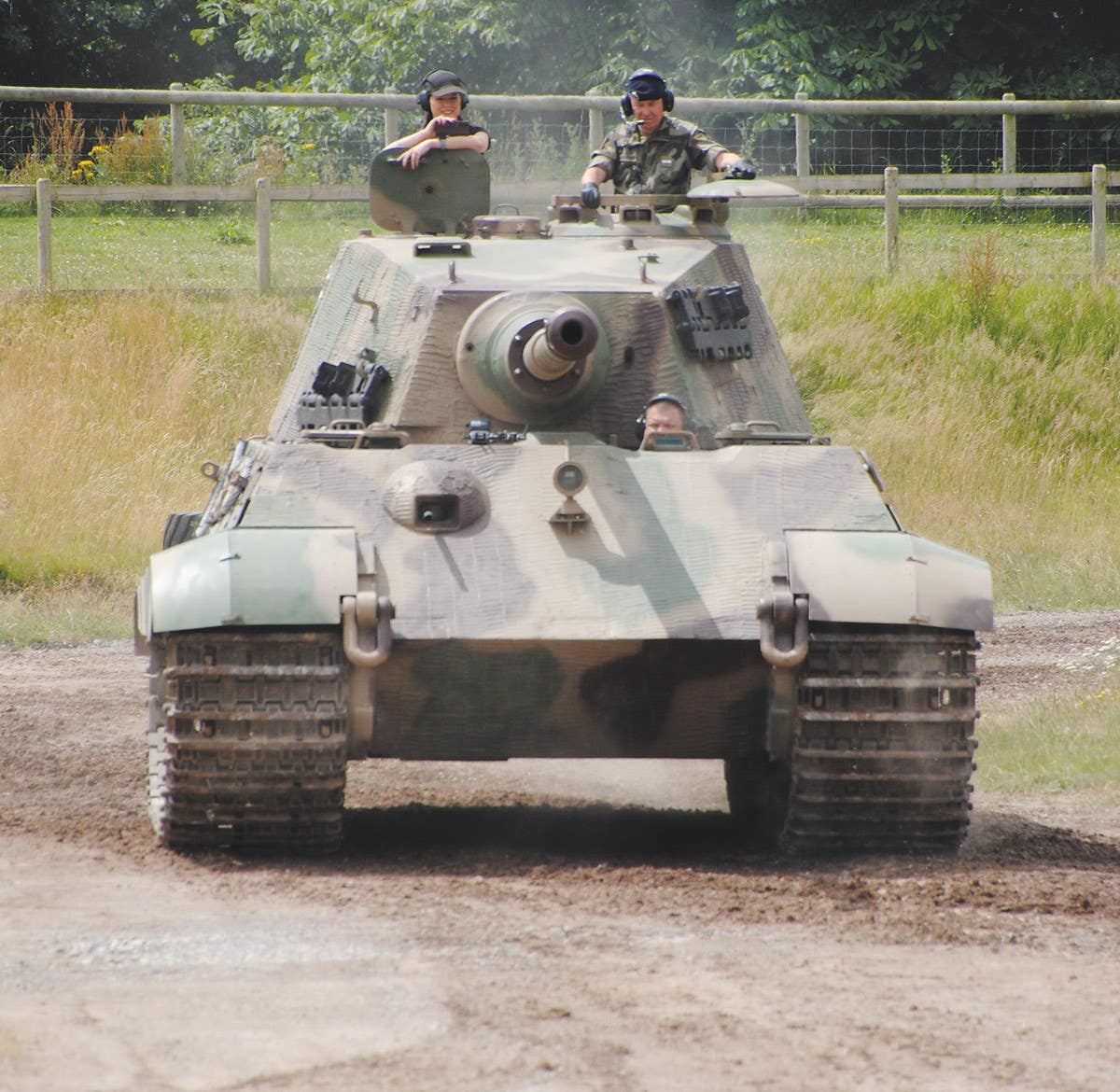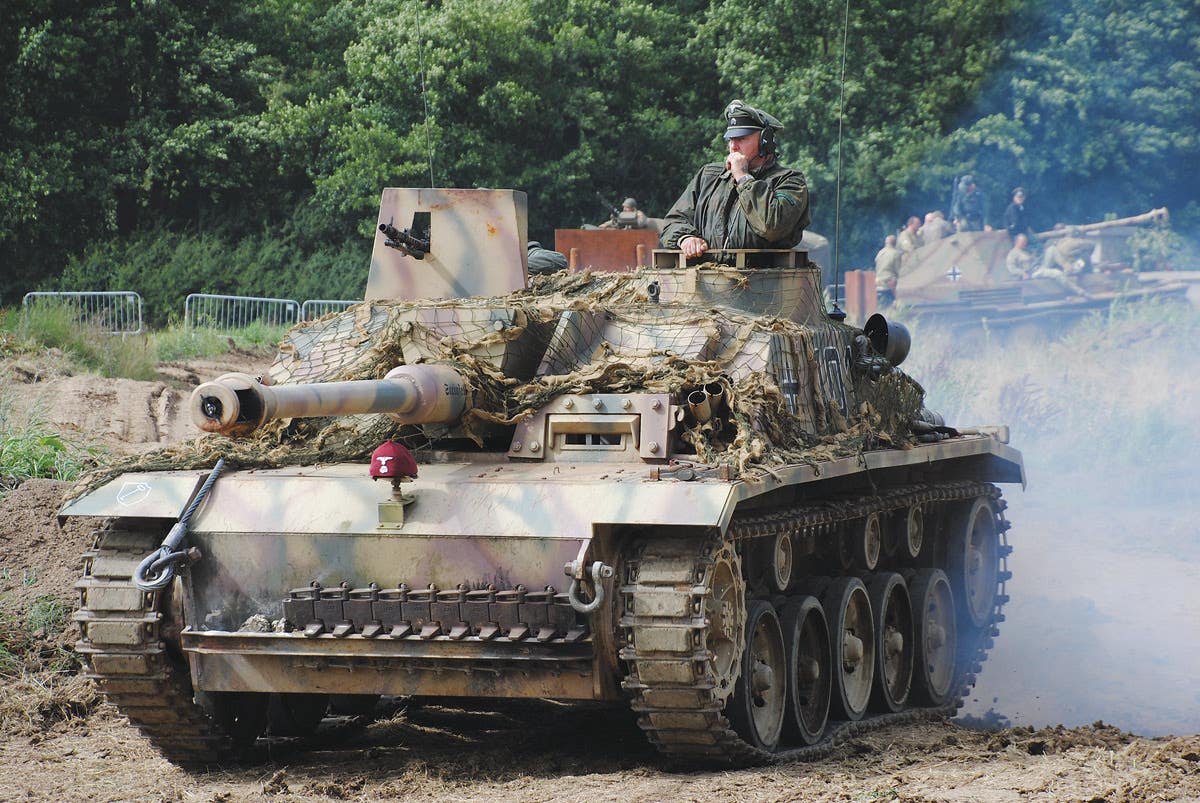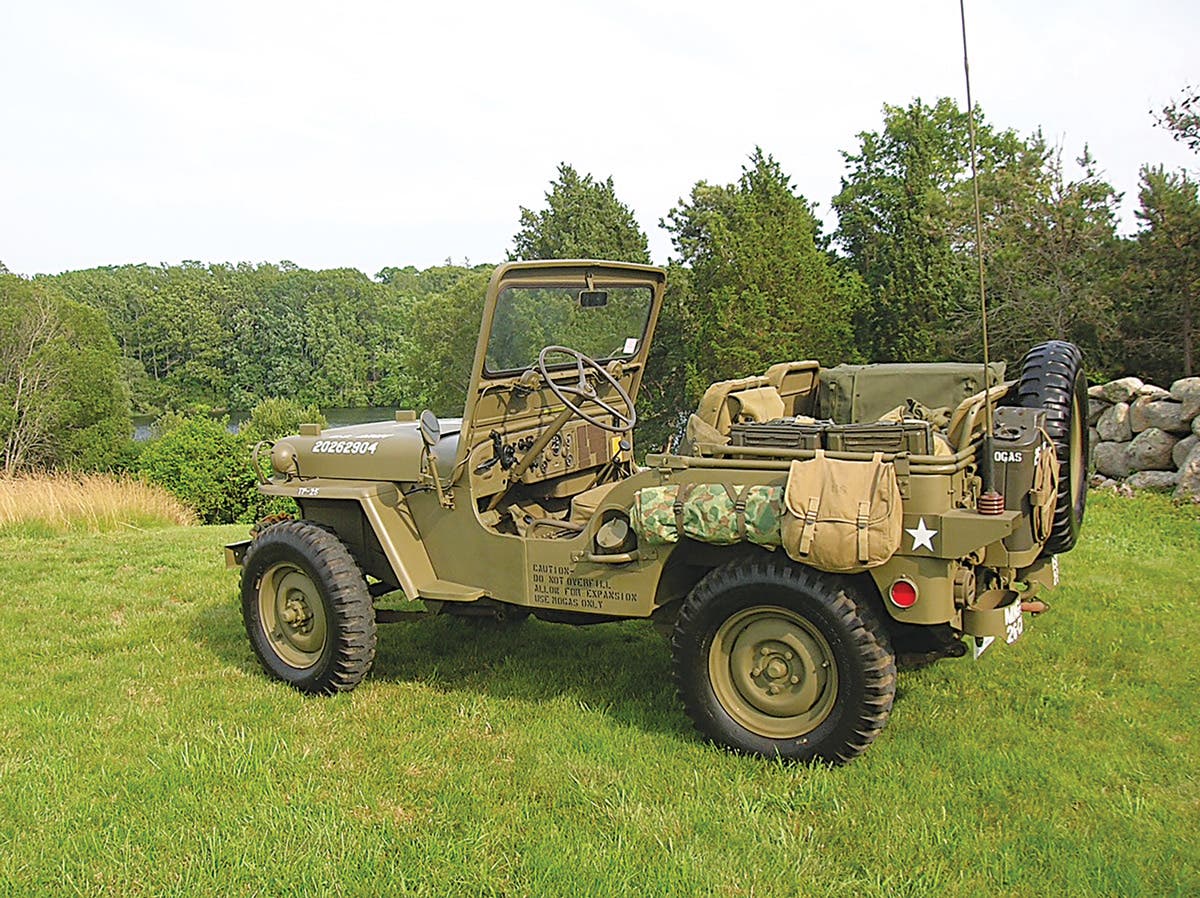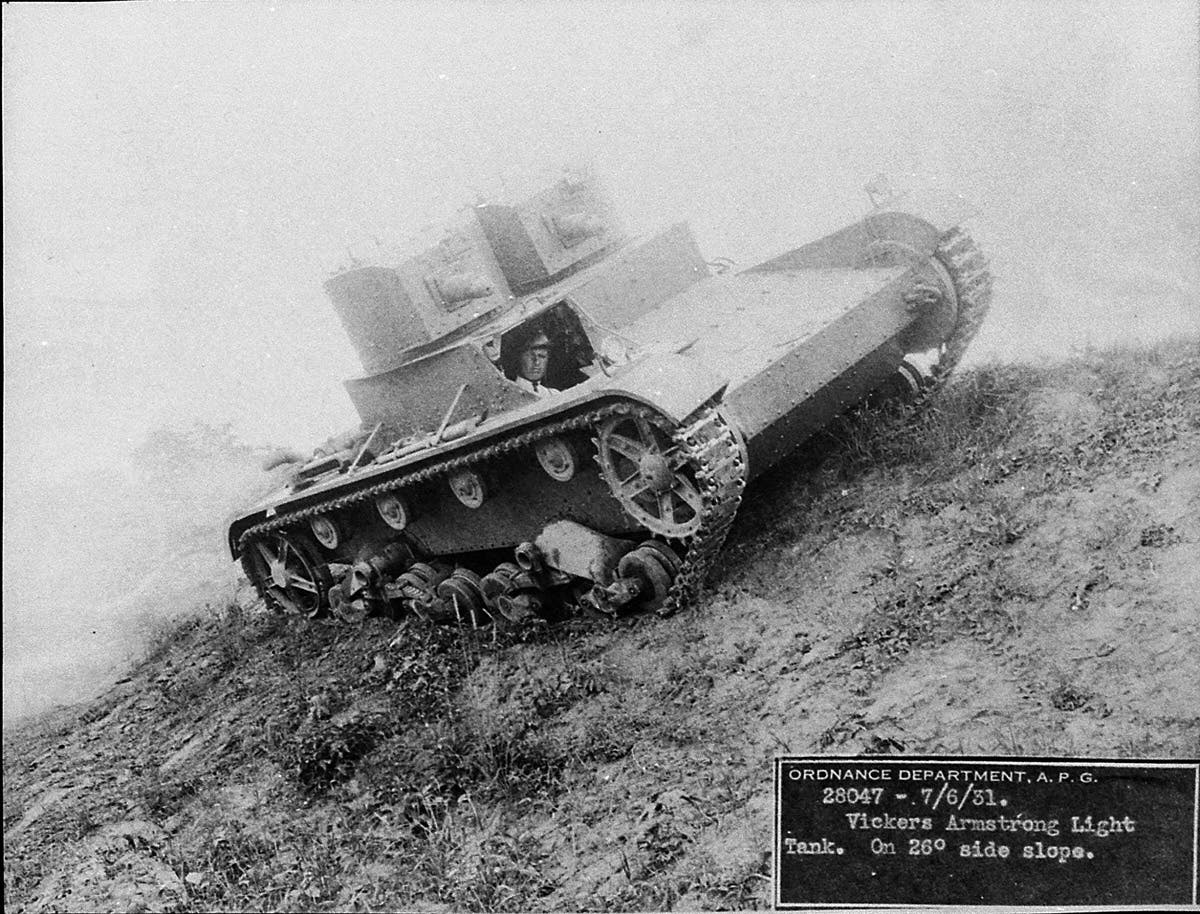Desperate Measures
A look at later Third Reich pistols and holsters
When Adolf Hitler and the “Nationalsozialistische Deutsche Arbeiterpartei” (NSDAP – Nazi Party) came to power in 1933, one of their main concepts was that of “Lebensraum”, the acquisition of additional lands in order to expand the Germanic “Aryan” race across Europe. To carry out this plan, Hitler would eventually order nearly 14 million men into military service to combat the Soviets, British, French, American and other Allies who were determined to fight the onslaught of Fascist troops.
Equipping such a large German military force was a daunting task for those in charge of the “Wehrmacht” (armed forces) supply channels and the German arms manufacturers who supplied them. Though the invading Nazi land forces were fairly well armed at the beginning of the European war in 1939, when the conflict escalated and more men were called into service, the enormous quantity of reliable weapons needed became a major challenge. Vast stores of Polish, French, Czech and other enemy weapons were captured and re-issued to German combat and support troops. However, the main source of military weapon requirements still came from manufacturers in the Old Reich, and factories under German control in Hungary, Poland, Czechoslovakia, Italy and other axis, annexed or occupied countries.
As German war arms production was pushed to the maximum, supplies such as leather, steel, copper, and brass soon became scarce, even with public rationing, and the large recycling and metal drives that became commonplace in the German countryside. In addition to material shortages, young experienced production workers were often lost to military conscription. Beginning in 1942, more personnel and facilities became victims of the war as frequent Allied aerial bombing killed thousands and disrupted daily life under Hitler’s dictatorship.
To fill the Wehrmacht’s requirements, speed up production and efficiently use the scant materials and manpower that were available, German designers and engineers began to cut corners on military weapons wherever they could. This became evident in sidearms, where finishes were less of a concern than weapon functionality and speed of manufacturing.
A predetermined victim of this new wartime production mindset was the Luger PO8, first deemed too expensive to produce as early as 1927. The complex and time-consuming machining processes for these emblematic pistols proved overly burdensome to the wartime industry, with the final units manufactured in 1942. After that, sidearm production concentrated on the less complicated and more reliable P-38s, along with modified versions of the PPK, PP, 38H, and other models produced with rudimentary fit and finish. Where possible, less elaborate “ersatz” (substitute) grips, unfinished magazines or synthetic leather-like holsters were incorporated to save precious resources.
By the spring of 1945, Hitler’s war was essentially lost, and German weapon production had almost ground to a halt. As the conquering Allies secured each new area, they immediately called for all arms to be turned into collection points. Here the weapons would be saved for redistribution to Allied governments, poached by hungry souvenir-seeking troops, or outrightly destroyed by fire, water or burial in pits and ponds.
With the proliferation of German used pistols turned in to the Allies, late war sidearms, lacking better external appearance and deemed of lesser quality by many, were often discarded in favor of the earlier examples. In addition, synthetic ersatz leather holsters did not fare well over time, tending to separate and deteriorate faster than their original leather counterparts. As a result, late-war weapons and holsters have become fairly scarce and highly sought after by today’s “keepers of history”.
(The author would like to thank Mark Pulaski for sharing his collection with our collecting community.)
Chris William has been a long-time member of the collecting community, contributor to Military Trader, and author of the book, Third Reich Collectibles: Identification and Price Guide.
"I love to learn new facts about the world wars, and have had the good fortune to know many veterans and collectors over the years."
"Please keep their history alive to pass on to future generations".



